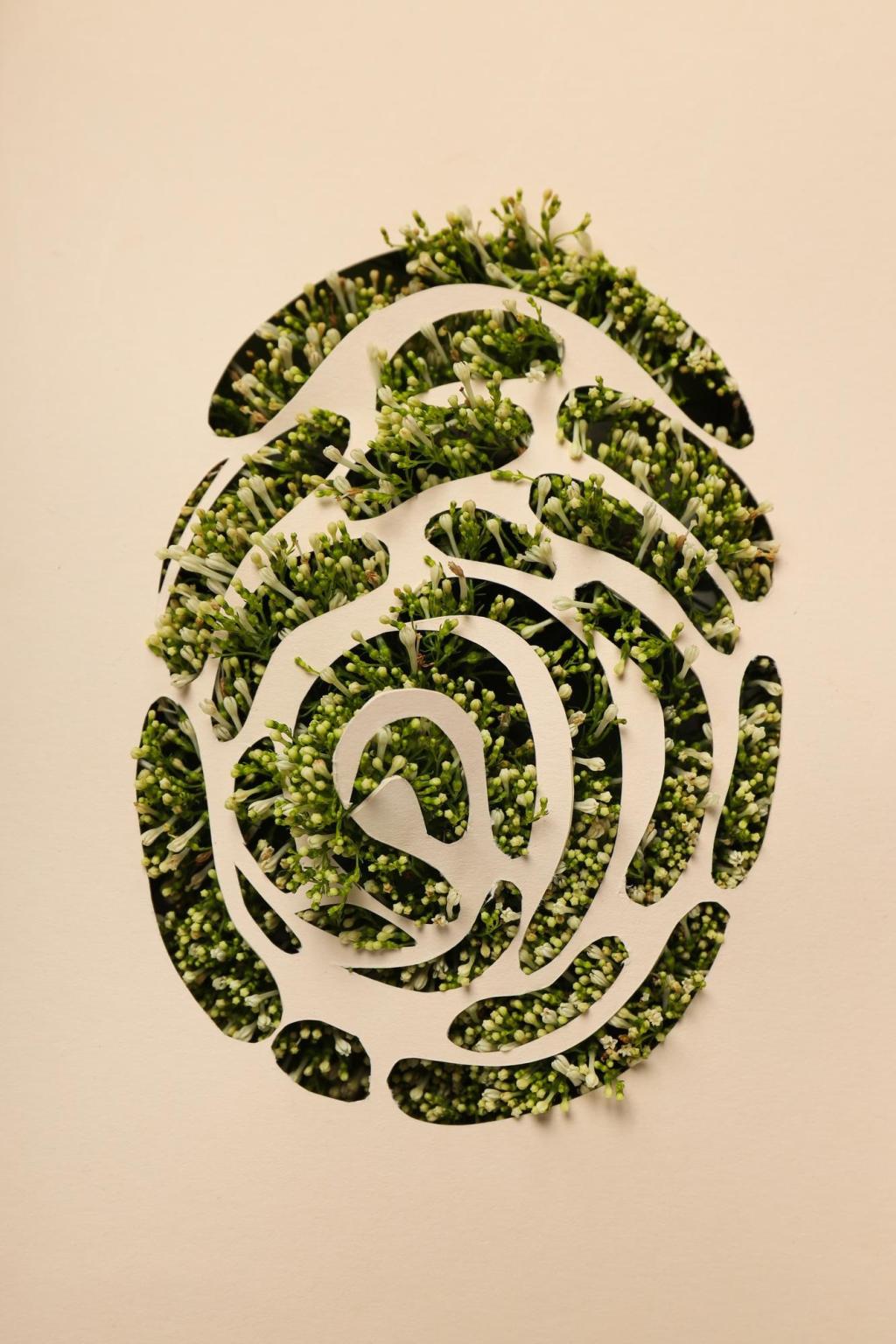
Sustainability in Interior Design: Beautiful Spaces with a Lighter Footprint
Chosen theme: Sustainability in Interior Design. Step inside a world where thoughtful materials, enduring design, and everyday habits come together to create interiors that feel good, look timeless, and tread gently on the planet. Join our community, share your ideas, and subscribe for practical inspiration you can put to work at home.
Core Principles for Sustainable Interiors

Think in Lifecycles, Not Seasons
Choose designs and materials that last beyond trends: durable finishes, classic palettes, and modular systems that evolve with your life. Start today by selecting one item you intend to keep for ten years, then tell us in the comments what made it worthy.

Health First: Low-Tox Choices
Indoor air quality matters. Prioritize low-VOC paints, formaldehyde-free cabinetry, and GREENGUARD Gold certified products. A reader shared that headaches eased after swapping solvent-based varnish for waterborne finishes. Subscribe for our room-by-room checklist to cut chemical exposures at the source.

Design for Repair and Reuse
Choose furniture with replaceable parts, washable slipcovers, and standardized hardware that invites maintenance rather than disposal. Keep a small repair kit nearby and get to know a local upholsterer. Share your favorite repair shops so others can extend the life of beloved pieces.
Smart Materials and Honest Certifications
Wood You Can Trust
Look for FSC or PEFC certifications, opt for solid wood over composites when possible, and explore reclaimed timbers with character. One family’s dining table still shows tiny nail holes from a previous life, sparking conversation at every meal. Comment with your favorite sources for responsibly harvested lumber.

Light, Energy, and Everyday Comfort
01
LED bulbs use significantly less energy and last longer than incandescents. Pair them with dimmers, occupancy sensors, and warm-dim features for mood and savings. Try swapping one frequently used bulb this week, track your experience, and share the difference you notice in brightness and comfort.
02
Amplify natural light using mirrors, light-colored surfaces, and sheer curtains while managing glare with adjustable shades. Place desks perpendicular to windows, and consider daylight sensors for balanced illumination. What daylight tricks work in your space? Tell us so others can borrow your ideas.
03
Layer rugs, add thermal curtains, seal drafts, and use ceiling fans to reduce heating and cooling demand. A quiet fan and well-placed textile can transform comfort without touching the thermostat. Post your quickest comfort win and inspire someone to try it tonight.
Circular Fit-Outs and Less Waste
Favor screws over glue, standard modules, and clip systems for walls and cabinetry. One office reassembled partitions during a move, avoiding a skip bin entirely. If you are renovating, ask your contractor about reversible fixings, then share their response to help others start that conversation.

Biophilic Warmth and Wellbeing
Choose plants suited to your light levels and routine: snake plants for low light, herbs for sunny kitchens. Use self-watering planters to reduce guesswork. If a resilient species has thrived in your home for years, share its care tips to help new plant parents succeed.


Biophilic Warmth and Wellbeing
Cork, linoleum, and bamboo bring warmth underfoot and a gentle visual rhythm. Pair with oiled finishes for easy spot repairs. If you live with any of these surfaces, tell us about maintenance, comfort through seasons, and how the patina has evolved over time.
Local, Vintage, and the Art of Enough
Buy Nearby, Build Community
Working with local makers reduces transport emissions and invites transparency about materials and finishes. Our studio stool came from a workshop five blocks away; we watched it being oiled. Tag a craftsperson you admire and tell us what makes their work timeless in your eyes.
Vintage as a Design Superpower
Pre-loved pieces carry soul and often better construction. Refinish, reupholster, or mix hardware for a fresh look. Always test for lead paint before sanding older items. Share a before-and-after transformation so others can see how vintage can anchor a sustainable interior beautifully.
Phased Upgrades, Honest Budgets
Start where impact is highest: high-use rooms, drafty windows, or toxic finishes. Plan purchases, avoid impulse décor, and track lifetime cost. We will feature readers’ phased plans in a future post—subscribe and submit yours to help others prioritize with confidence.
